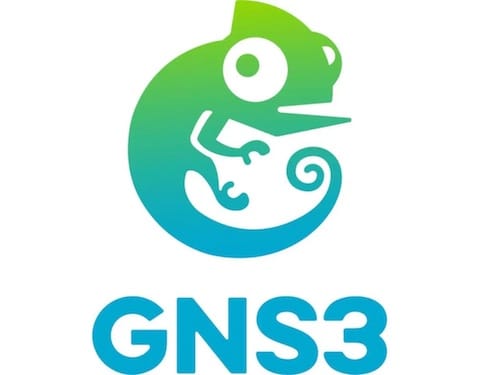
In this tutorial, we will show you how to install GNS3 on Ubuntu 20.04 LTS. For those of you who didn’t know, GNS3 (Graphical Network Simulator-3) is an open-source, free Network software emulator that is used by thousands of network professionals to emulate, design, build, configure, test, and troubleshoot the virtual and real complex networks.
This article assumes you have at least basic knowledge of Linux, know how to use the shell, and most importantly, you host your site on your own VPS. The installation is quite simple and assumes you are running in the root account, if not you may need to add ‘sudo‘ to the commands to get root privileges. I will show you the step-by-step installation of the GNS3 on Ubuntu 20.04 (Focal Fossa). You can follow the same instructions for Ubuntu 18.04, 16.04, and any other Debian-based distribution like Linux Mint.
Prerequisites
- A server running one of the following operating systems: Ubuntu 20.04, 18.04, 16.04, and any other Debian-based distribution like Linux Mint.
- It’s recommended that you use a fresh OS install to prevent any potential issues.
- An active internet connection.
- A
non-root sudo useror access to theroot user. We recommend acting as anon-root sudo user, however, as you can harm your system if you’re not careful when acting as the root.
Install GNS3 on Ubuntu 20.04 LTS Focal Fossa
Step 1. First, make sure that all your system packages are up-to-date by running the following apt commands in the terminal.
sudo apt update sudo apt upgrade sudo apt install apt-transport-https ca-certificates curl software-properties-common
Step 2. Installing GNS3 on Ubuntu 20.04.
- Install GNS3 via APT Repository.
Run the following commands to add the GNS3 repository:
sudo add-apt-repository ppa:gns3/ppa
Once the repository has been added, simply run the commands below to install it:
sudo apt update sudo apt install gns3-gui gns3-server
Step 3. Installing IOU Support (Optional).
Now we run the commands to install IOU support:
sudo dpkg --add-architecture i386 sudo apt update sudo apt install gns3-iou
Step 4. Installing Docker CE (Optional).
GNS3 uses Docker containers By default when building a networking stack. Follow the steps below to install Docker on your system:
curl -fsSL https://download.docker.com/linux/ubuntu/gpg | sudo apt-key add -
Next, run the commands below to add the Docker repository:
sudo add-apt-repository "deb [arch=amd64] https://download.docker.com/linux/ubuntu $(lsb_release -cs) stable"
Finally, run the commands to install Docker CE:
sudo apt update sudo apt install docker-ce
Step 5. Accessing GNS3 on Ubuntu.
Once successfully installed, you should be able to find GNS3 on the Application Menu of your Debian 10 system as you can see in the screenshot below:

Congratulations! You have successfully installed GNS3. Thanks for using this tutorial for installing the GNS3 emulator on your Ubuntu 20.04 LTS Focal Fossa system. For additional help or useful information, we recommend you check the official GNS3 website.